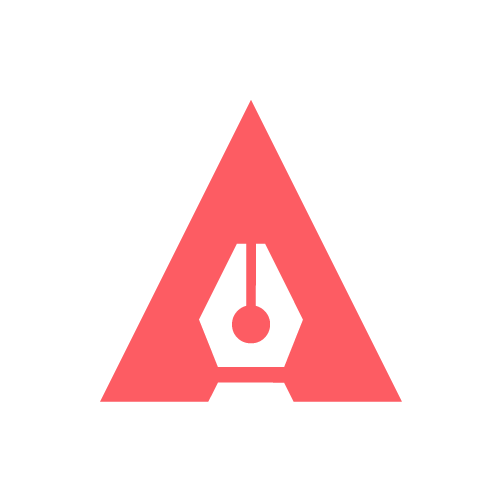Shape As A Visual Element In Graphic Design
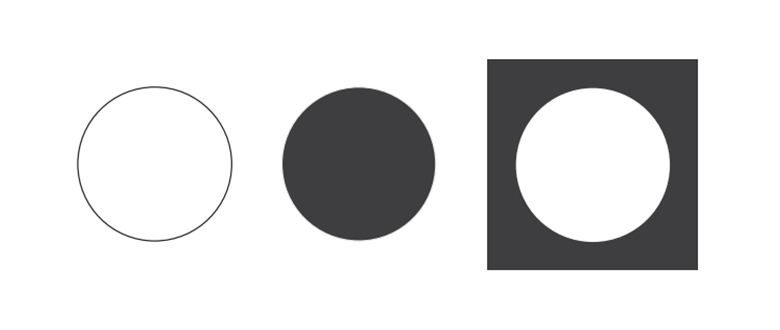
The graphic part of graphic design, is made up of visual elements, the building blocks of design. Through the harness of artistic expression we choose these visual elements and arrange them on a surface in a layout to convey an idea.
The basic visual elements that combine to create graphic design include the following: line, colour, shape, texture, space, form and typography.
Whatever work you produce be it for a magazine, a poster, a website or advertisement, these visual elements will play a part in your design.
Shape
Everything is ultimately a shape. All objects are composed of shapes and all visual elements are shapes in some way. In design shapes have two dimensions and are measured by their height and width.
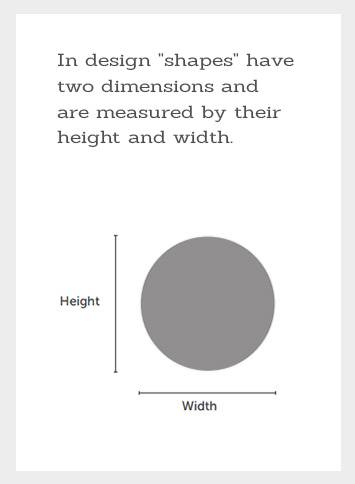
Shapes are defined by boundaries such as with lines or colour and can also be created with negative space.
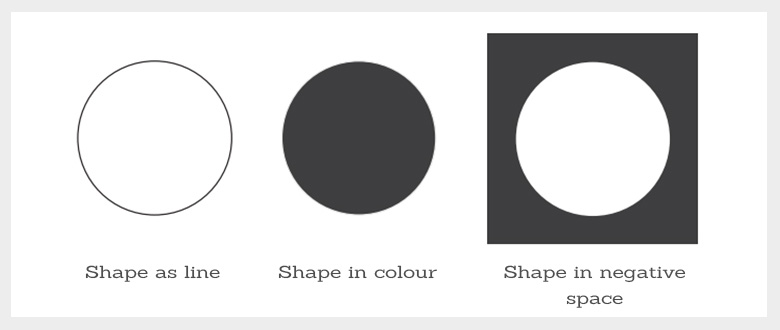
Shapes are used to add interest and substance to a piece of graphic work. They can be used to decorate, they can be symbolic and can be used to create patterns and textures.
There are two types of shapes: geometric and organic.
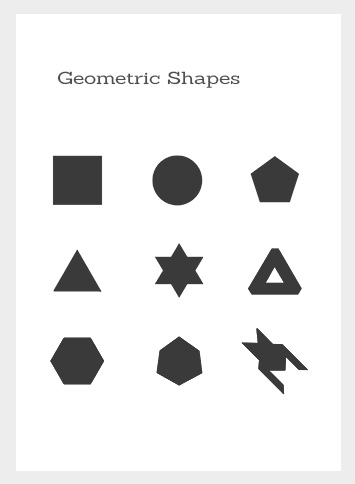
Geometric shapes are the shapes that can be drawn using a ruler or compass. Wether simple or complex, these shapes produce a feeling of control or order.
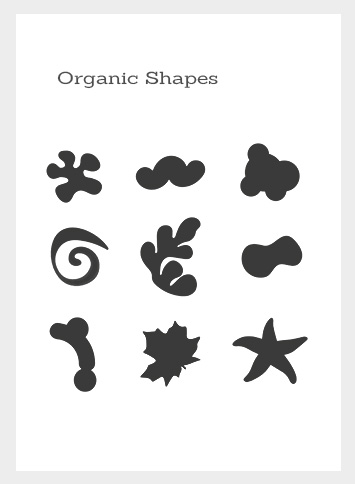
Organic shapes are shapes that can be drawn free hand or shapes found in nature. Organic shapes wether simple or complex produce a natural feel.
It’s important to keep in mind that shapes are signal visual elements. In design when we begin to place shapes together we create a relationship between them.
However simple or complex, it’s this relationship between shapes that can trigger feelings, convey messages, engage an audience, and add emphasis to a portion of a layout and create movement.
When we group or move shapes closer or further apart, we’re applying the design principle called proximity.
In design geometric and organic shapes can combine together on many levels to create various design elements we use to communicate.
One example of this is with brand logos. In logos, shape is used in its purest form. The below are some well known brand logos.
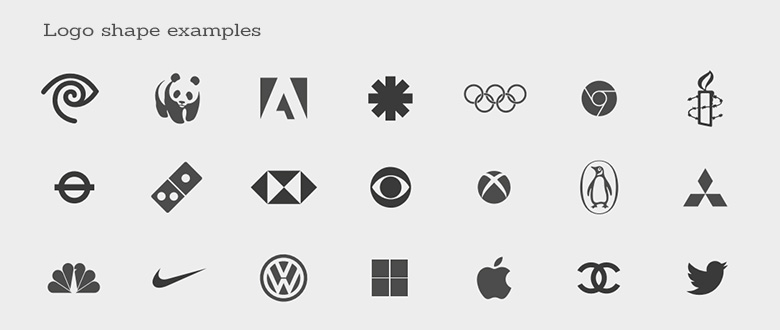
Here we have a mix of logos where some are made with geometric shapes and some are made with organic shapes and some with a combination of both. We have some that are single solid shapes and some that are composed of a few shapes that are placed near each other. Keep in mind that proximity is playing a crucial role here in the logos that are made with few shapes. If we were to move some of the shapes further away or closer they would have an entirely different look and feel.
Another example where geometric and organic shapes can come together is in typography.
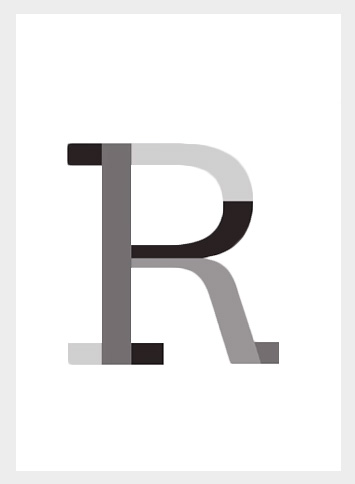
A single letter in a typeface is a combination of geometric and organic shapes which build together to create a larger shape. Nowhere in design is shape used more literally to communicate visually than in typography.
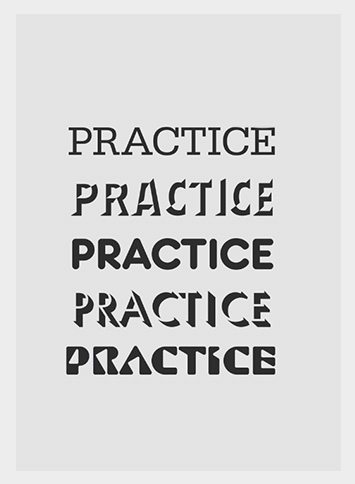
It’s the type of shapes that combine together that give the typeface its distinct look and feel. In the above example, shape is again being used as a symbol.
The below are some more examples of how shape is used in design.
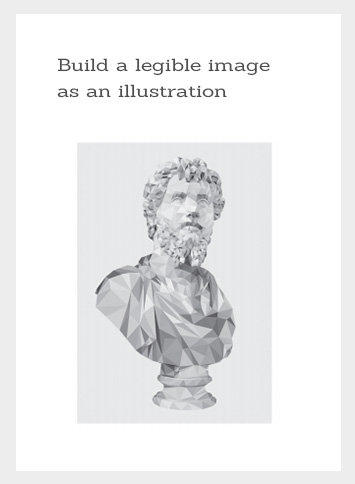
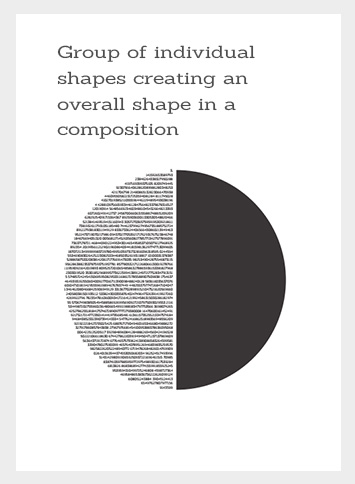
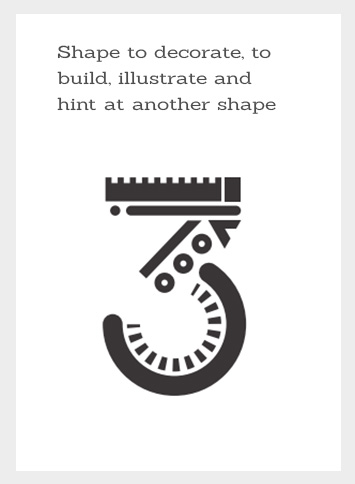
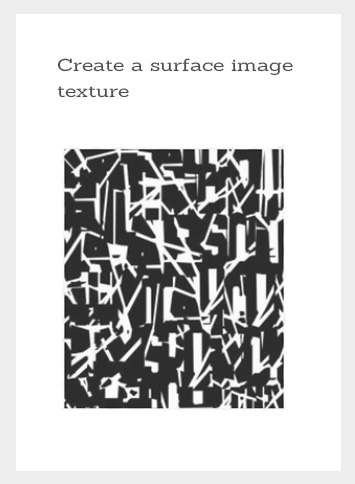
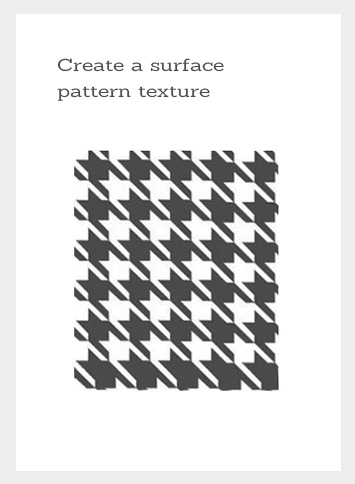
Shape is what makes up the foundation of any composition. A layout can be simple, made of one or few shapes or complex made by groups of many individual shapes. In design shape can be used in many ways, it’s how they are arranged that determines the visual outcome.
When creating a composition you must always consider how the shapes interact and work together to present and communicate the intended message.
Source: Gareth David
